BLUF
Training Work Capacity and Grip Strength 1x/week with hobbyist jiu-jitsu athletes results in 2.24% average increase on the Burpee Beep Ladder, and a 28.85% increase on the Gi Grip Assessment.
Background
We’ve seen a significant interest in training program options which work within time-constrained parameters. Careers, family, or hobbies mean training time can be limited.
The purpose of this mini-study, and several other of our recent efforts, is to determine what the absolute least amount of training work is required to see improvement in 4-6 week training cycles.
Our jiu-jitsu athletes want to improve performance and durability with minimal time commitment while still getting ample sport-specific grappling training.
This study focused on Work Capacity and Grip Strength Endurance, with the two being trained once a week, on the same day. The assessments and follow-on progressions are short… the Burpee progression takes approximately 8 minutes, and the Grip progression takes approximately 5-8 minutes.
With this study, we looked to determine if less than ~15 minutes of work over 5 weeks improves these two fitness traits.
Study Design/Deployment
Gi Grip Assessment & Progressions
The Gi Grip Assessment measures sport-specific grip strength endurance. Using a Gi Top or a towel hung through a ring or over a racked barbell so that the sleeves are hanging. Set a timer clock to beep every 10 seconds.
Hang from the top of the sleeves near the armpit or armpit/collar combination. Every 10 seconds, do a row, and come back to the hanging position. Hang on as long as you are able.
Our floor was quite slippery barefoot, so most athletes went feet down to avoid any inadvertent swinging. We found foot position doesn’t really matter, as long as you use the same position for the assessment, progressions, and re-assessment.
Progressions are based on total time broken into seconds (1:30 = 90 seconds) and then multiplied by our progression percentage. The lab rats completed the following progressions, 1x/week:
- 5 Rounds @ 30% Total Assessment Time
45-second rest between rounds - 5 Rounds @ 35% Total Assessment Time
45-second rest between rounds - 5 Rounds @ 40% Total Assessment Time
45-second rest between rounds
For example, my initial assessment was 88 seconds. For the first progression, I would hang for 26 seconds (88 x 30%) with a row every 10 seconds.
Burpee Beep Ladder Assessment & Progressions
The Burpee Beep Ladder is one of our best (and worst feeling) assessments for work capacity.
We started at 12 burpees in sixty seconds, using whatever time is remaining in the 60 seconds as your rest. The next minute moves to 14 burpees, then 16, and so on until the athlete can’t complete the prescribed reps in the round.
You then total your burpees completed for an overall score.
- 8 Rounds every 60 sec.
12% of your Burpee Beep Ladder Score.
Rest with whatever time is remaining in the 60 seconds. - 8 Rounds every 60 sec.
15% of your Burpee Beep Ladder Score.
Rest with whatever time is remaining in the 60 seconds. - 8 Rounds every 60 sec.
18% of your Burpee Beep Ladder Score.
Rest with whatever time is remaining in the 60 seconds.
For example, my initial assessment was 101 total burpees.
So for my first progression (101 x .12 = 12), I did 12 burpees every minute on the minute, for 8 rounds.
These progressions became very challenging, particularly at 18%.
Overall Weekly Schedule
Athletes trained 3x/week on this program, plus grappling training. The weekly schedule was as follows:
- Tuesday: Strength (Hang Power Clean, Accessory)
- Wednesday: Gi Grip, Burpee Beep Ladder
- Thursday: Strength (Back Squat, Accessory)
Most athletes trained 4-6x/week on the mats in addition to this programming. There were no issues balancing the strength and conditioning with the mat training, but all athletes did state that these two progressions were tough.
Results & Discussion
I wasn’t sure what results to expect from this program design. My initial thought was a small increase in performance on both assessments.
The results were interesting. On the Gi Grip Assessment, we recorded a 28% average increase in grip performance. That’s statistically very significant and may be influenced by increasing familiarization with the exercise over the weeks. Even with that familiarization, results indicate that grip strength endurance may require less overall training volume for improvements.
The Burpee Beep Ladder results were far less impressive, with a neutral median change for the group. Chadwick saw a significant increase which skewed the average, but the remainder of the group reassessed within +/- 3 of their original score.
Anecdotally, the hindering factor became muscular endurance, not necessarily an aerobic issue, in beating the previous score. The chest and shoulders fail before the lungs do.
However, this is still promising in terms of work capacity maintenance. With only training 1x/week and sport-specific training, we can reasonably expect the baseline to stay steady.
Both are important takeaways for future considerations in time-constrained program design. We’re slowly whittling away to the point of minimum work required.
Next Steps
We still need a greater data set on work capacity specifically, and an expansion of different types of grip (crushing, pinch, etc.). I’m curious if work capacity is maintained at 1x/week training frequency across different modalities such as sprinting, gym-based multi-modal, etc. with the same effect. Comparing against established VO2 and HRV metrics would be ideal, but that equipment isn’t currently available.
We have access to several assault bikes, which provide a ready comparison of output via wattage tracking. This would be a simpler, more detailed method to better assess and track athlete performance. I’m also interested in experimenting with different varieties of interval types to determine the most time-efficient and beneficial conditioning methods.
Thoughts, feedback? Email coach@mtntactical.com

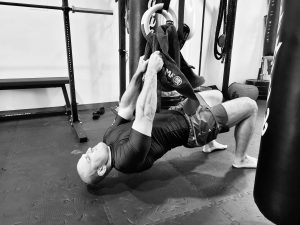





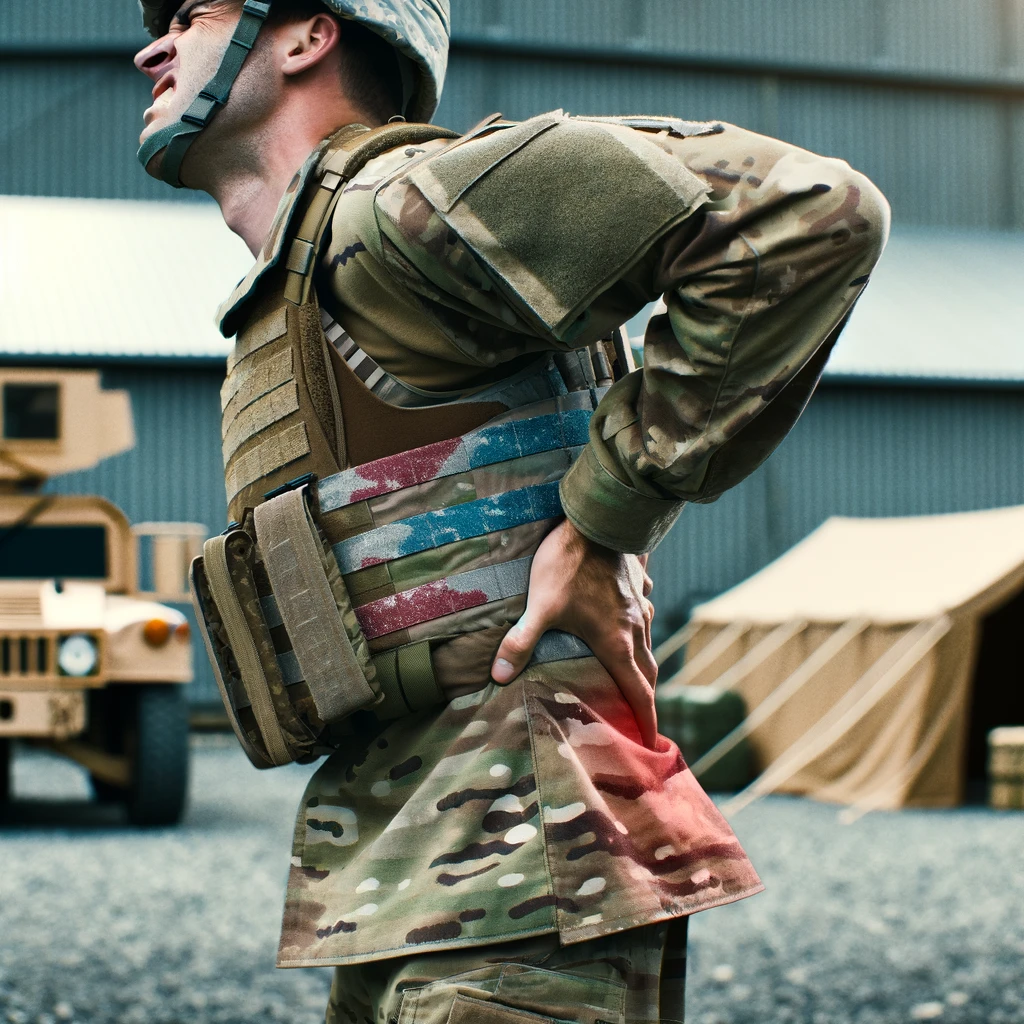





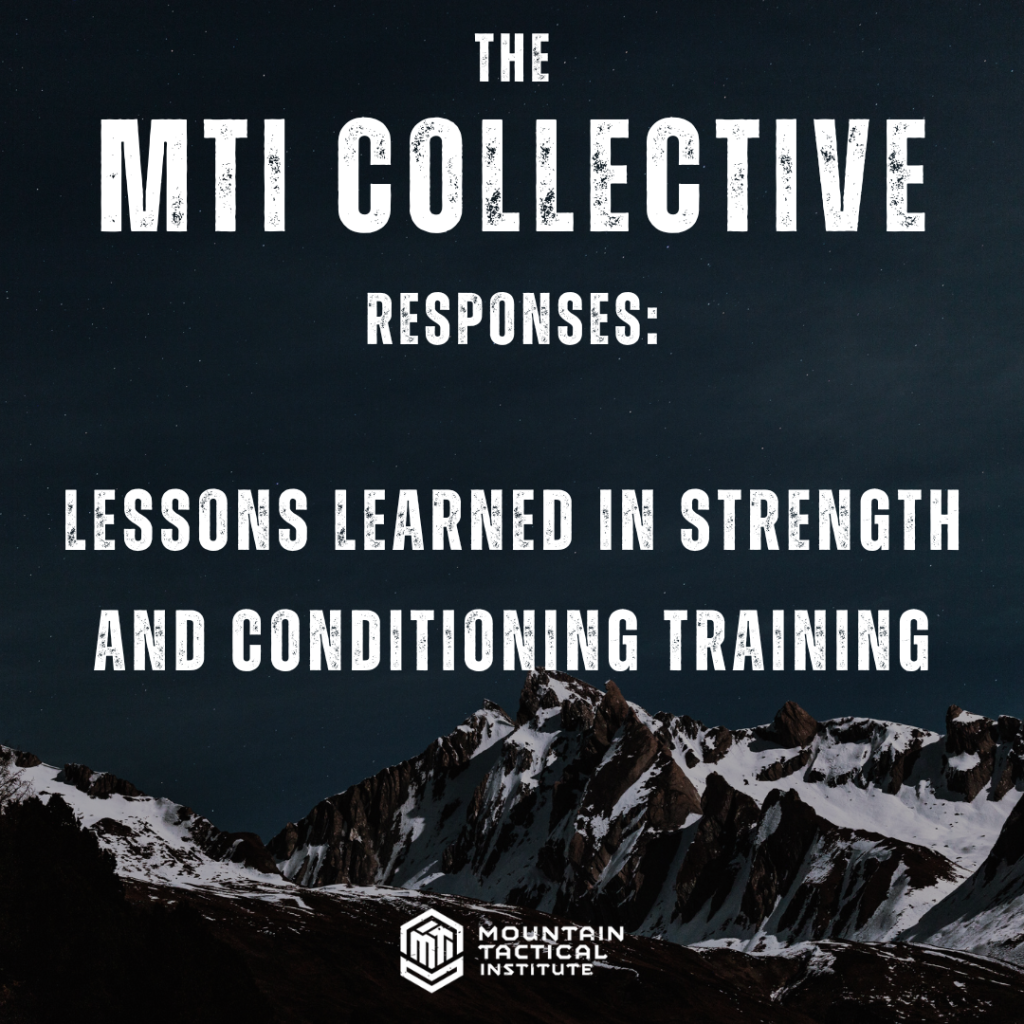
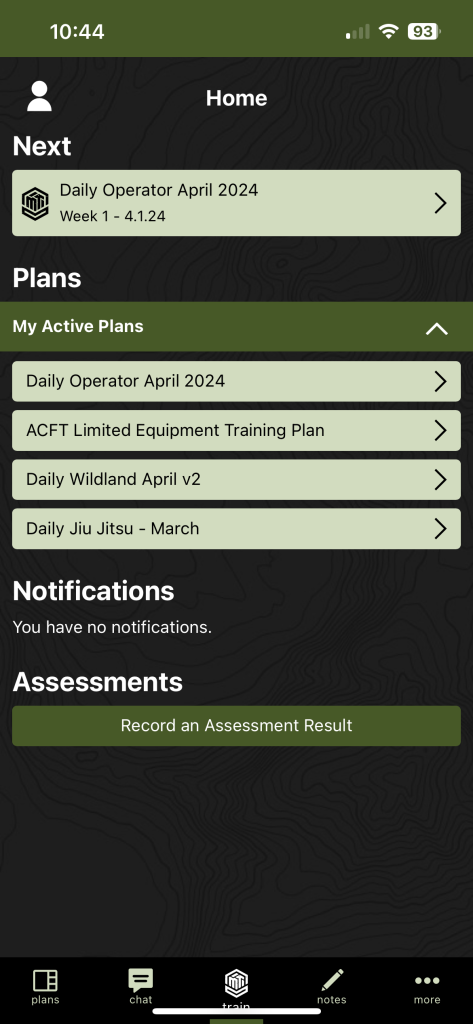
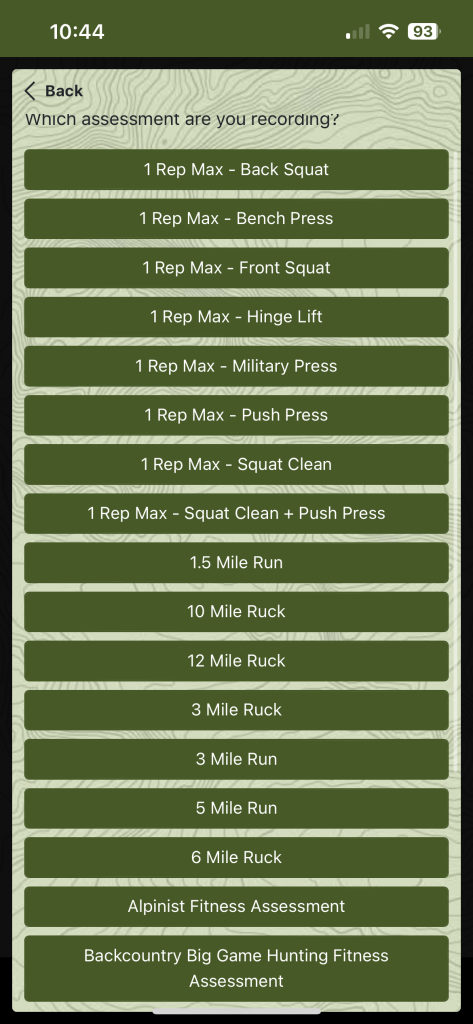

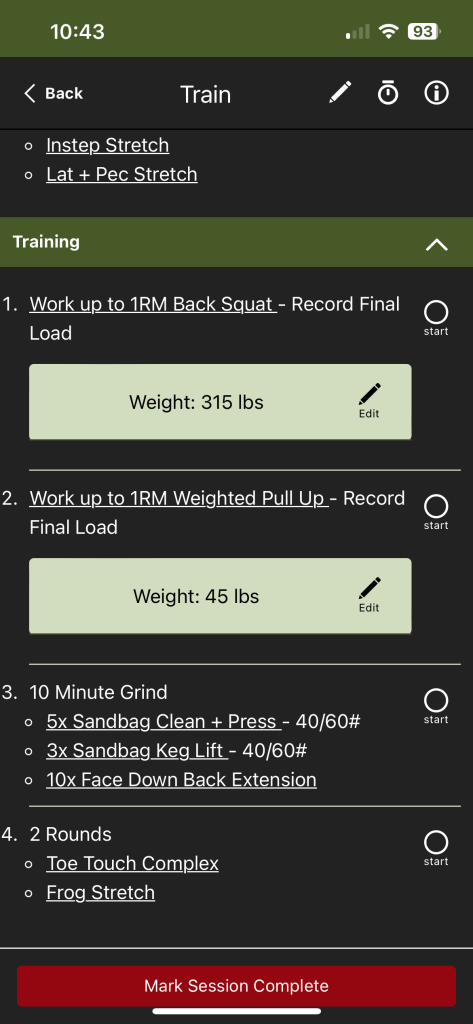
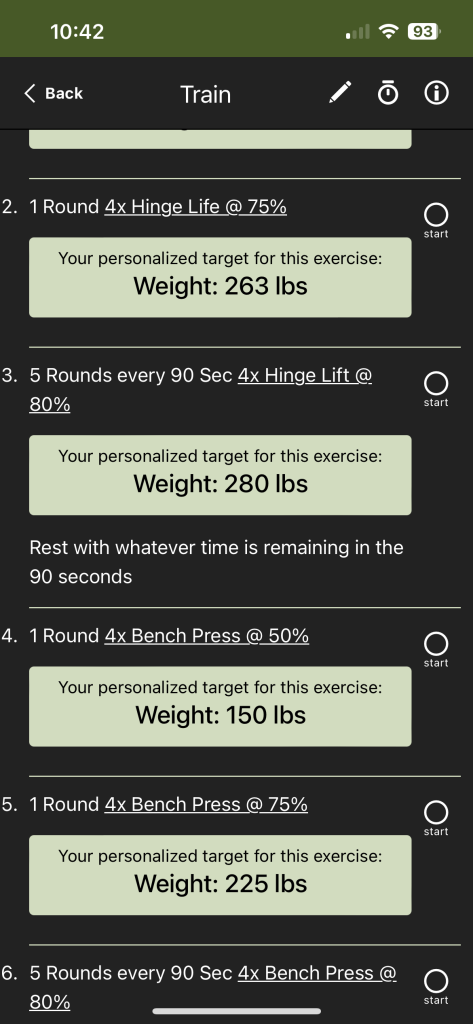

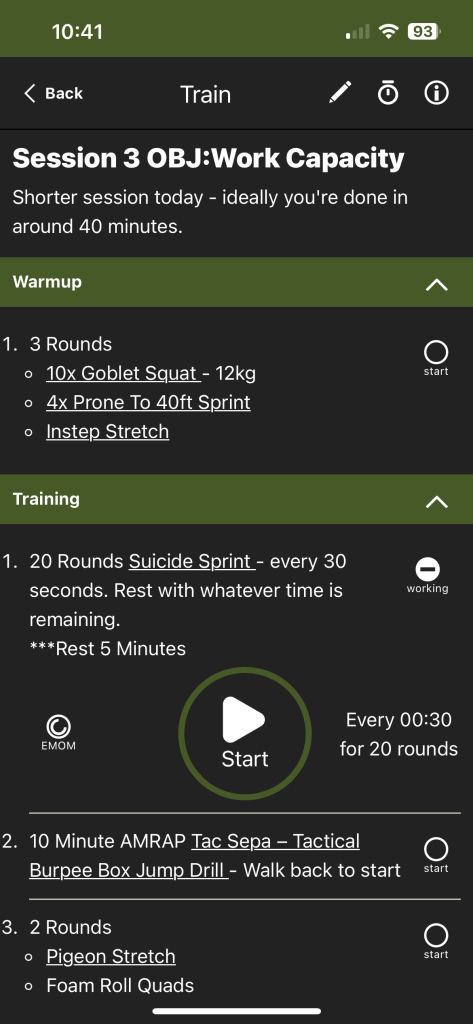
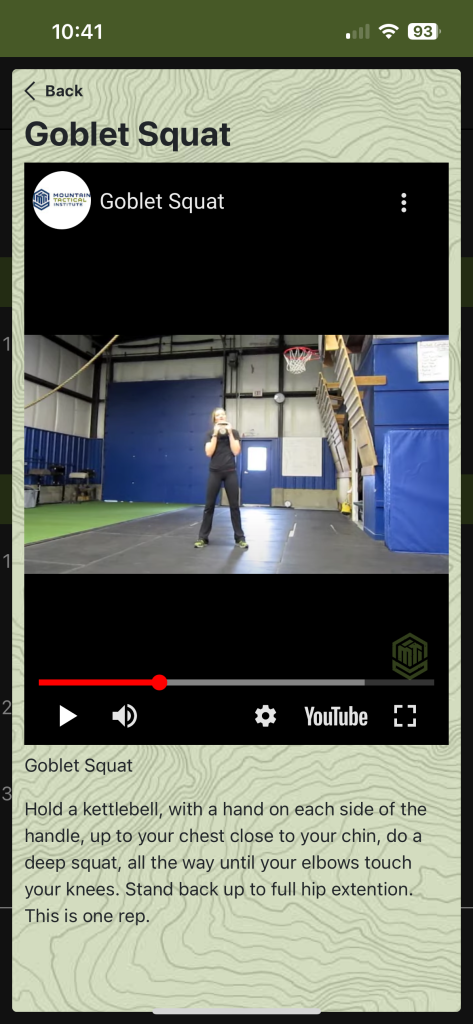
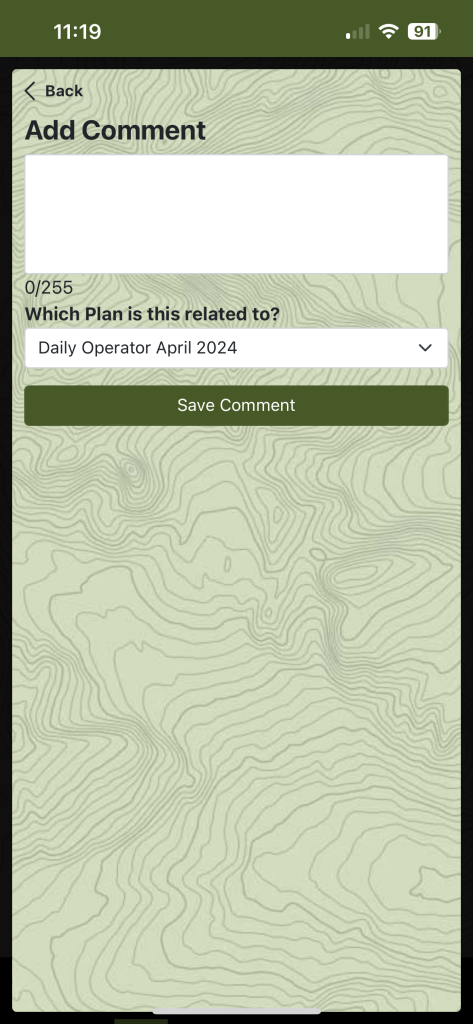
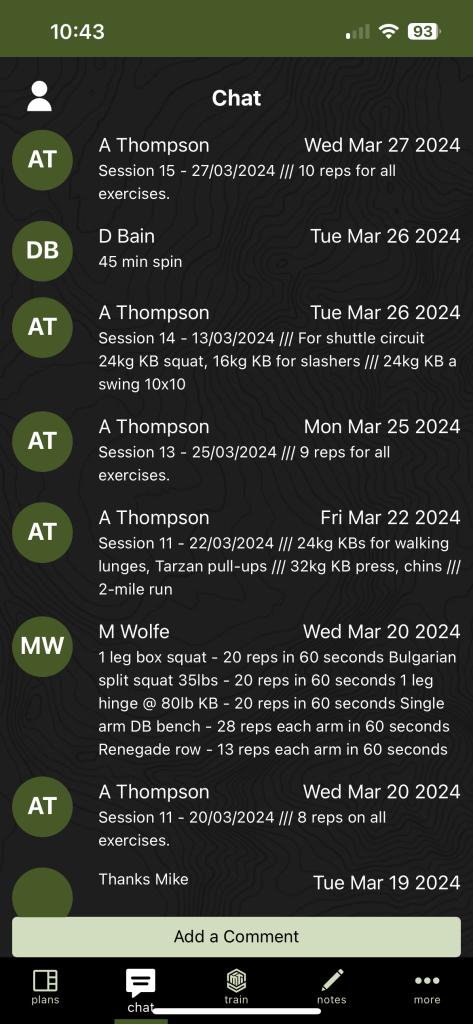


 Learning from other providers has been a big lesson for me. Asking questions, listening, and working with other EMT’s has grown my knowledge and experience. Ride-alongs with fire departments, law enforcement, and ambulances is another way I have learned to stay engaged as I continue to learn. I prioritize being a part of as many hands-on training scenarios as possible every year in both urban and wilderness settings.
Learning from other providers has been a big lesson for me. Asking questions, listening, and working with other EMT’s has grown my knowledge and experience. Ride-alongs with fire departments, law enforcement, and ambulances is another way I have learned to stay engaged as I continue to learn. I prioritize being a part of as many hands-on training scenarios as possible every year in both urban and wilderness settings.